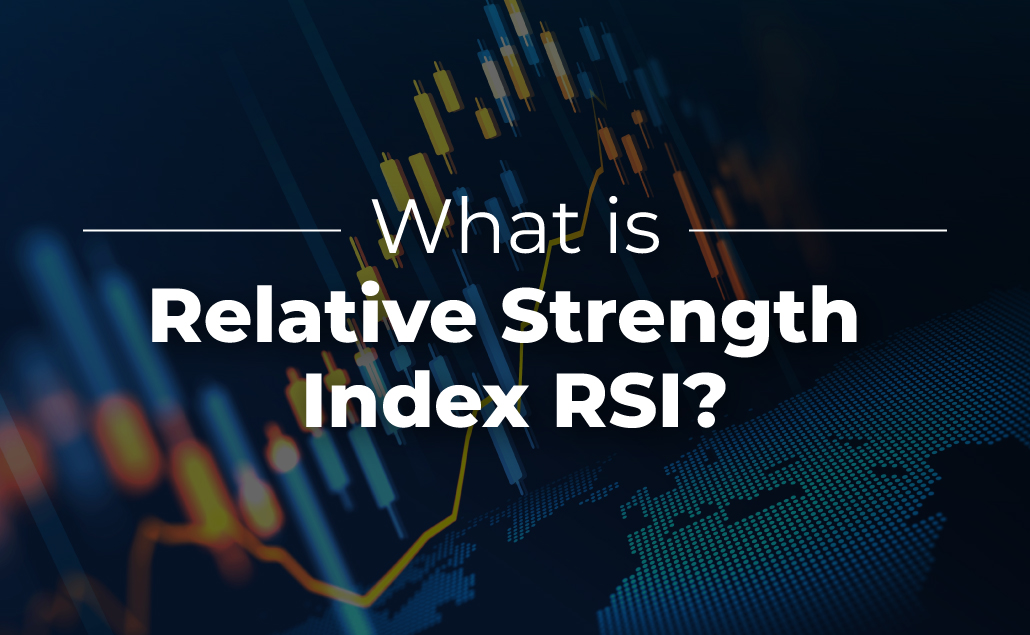The relative strength index (RSI) is a technical indicator used in financial markets to measure the strength and speed of price movements. The RSI is a popular tool among technical analysts and traders due to its ability to generate signals of potential trend reversals. By identifying overbought and oversold conditions, the RSI can help traders determine when an asset may be ripe for a price correction or a rebound. However, it’s important to note that the RSI should not be used as a standalone indicator. It should be used in conjunction with other technical analysis tools and fundamental analysis to make well-informed trading decisions.
Traders often use the RSI in combination with other technical indicators such as moving averages, trendlines, and volume indicators to gain a more comprehensive understanding of market conditions. By incorporating multiple indicators, traders can increase the accuracy of their trading decisions and reduce the likelihood of false signals.
The RSI is not a fool proof indicator and should be used in conjunction with other analysis methods. Market conditions can change rapidly, and relying solely on the RSI may lead to missed opportunities or incorrect trading decisions. It’s crucial to consider the broader context of the market, including fundamental factors, news events, and overall market sentiment.
How do you Calculate the RSI?
To calculate the RSI, a trader needs to analyse a series of previous price data. First, the trader needs to determine the timeframe for the analysis, such as daily, weekly, or monthly. Next, the trader selects the number of periods to use in the calculation, typically 14 periods. The RSI calculation involves several steps.
- Calculate the average gain: The trader determines the gain or loss for each period. If the closing price is higher than the previous period’s closing price, it is considered a gain. If it is lower, it is considered a loss. The average gain is the sum of all gains divided by the number of periods.
- Calculate the average loss: Similarly, the trader calculates the average loss by summing all losses and dividing by the number of periods.
- Calculate the relative strength: The relative strength (RS) is calculated by dividing the average gain by the average loss. This ratio measures the magnitude of gains relative to losses.
- Calculate the relative strength index: The relative strength index (RSI) is calculated using the formula RSI = 100 – (100 / (1 + RS)). This formula normalizes the RS value to a scale between 0 and 100, making it easier to interpret.
Once the RSI has been calculated, it can be plotted on a chart alongside the asset’s price to visually assess the strength and speed of price movements. Traders often use additional lines on the RSI chart, such as the 30 and 70 levels, to identify overbought and oversold conditions more easily.
Related Topics | Keep learning more with Eurotrader
Check out our resources for more information on RSI and much more on the basics of trading!
What do you understand from RSI?
The RSI helps identify overbought and oversold conditions in an asset. When surpassing 70, it suggests an overbought asset due for a correction. Conversely, an RSI below 30 indicates an oversold asset that could rebound. The RSI is used by traders to assess buying or selling opportunities and potential trend reversals.
In addition to its use in identifying overbought and oversold conditions, the RSI can also be used to detect bullish and bearish divergences. A bullish divergence occurs when the price of an asset moves lower while the RSI moves higher, indicating that there may be underlying strength in the asset despite the downward price movement. On the other hand, a bearish divergence occurs when the price of an asset moves higher while the RSI moves lower, suggesting that there may be an underlying weakness in the asset despite the upward price movement.
Disclaimer
Eurotrader doesn’t represent that the material provided here is accurate, current, or complete, and therefore shouldn’t be relied upon as such. The information provided here, whether from a third party or not, isn’t to be considered as a recommendation; or an offer to buy or sell; or the solicitation of an offer to buy or sell any security, financial product, or instrument; or to participate in any particular trading strategy. We advise any readers of this content to seek their advice.


